As World Penguin Day arrives, it serves as a reminder to celebrate one of nature’s most beloved and unique creatures. Penguins have long captured our imaginations with their tuxedo-like appearance, charming behaviour, and extraordinary ability to thrive in some of the harshest environments on Earth. While these remarkable birds are most closely associated with the icy expanses of Antarctica, their story is far more diverse and fascinating. Here are five fascinating facts about penguins that highlight their resilience, adaptability, and their role in the animal kingdom.
1. Penguins aren’t confined to Antarctica
Although penguins are often linked with the cold and icy landscapes of Antarctica, they are not confined to this frozen continent. In fact, penguins inhabit a wide range of environments across the Southern Hemisphere. While species such as the Emperor and Adélie penguins breed exclusively in Antarctica, other penguin species have adapted to life in warmer climates. For instance, the Galápagos penguin resides on the Galápagos Islands, located just north of the equator, where temperatures are much warmer than those in the icy waters of the South Pole.
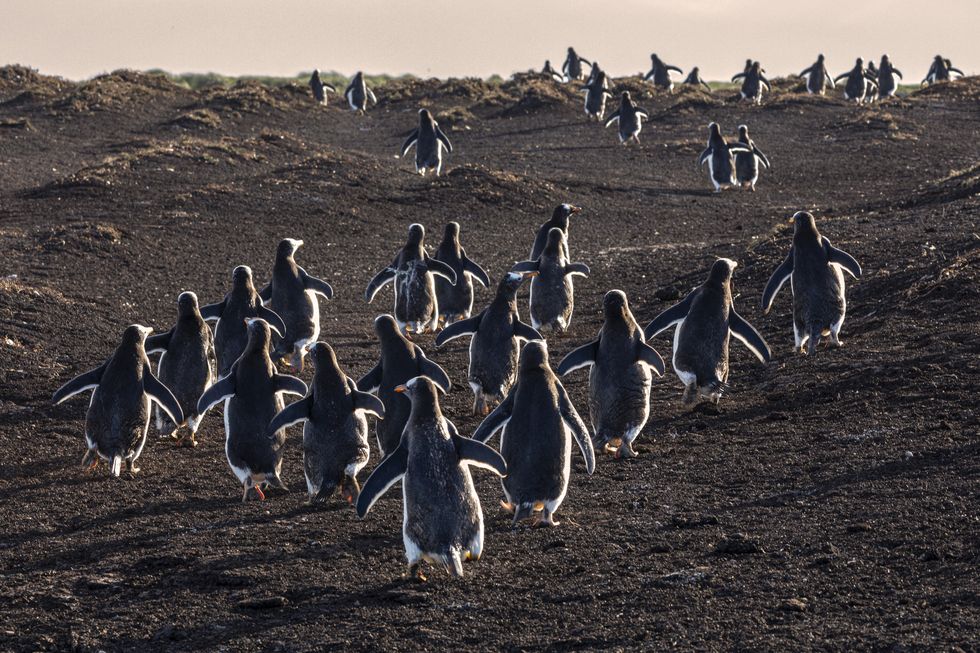
The adaptability of penguins to diverse environments is truly remarkable. While cold-water species like the Emperor penguin have evolved specialised adaptations to cope with extreme temperatures, other species, such as the Magellanic and Humboldt penguins, are found in the more temperate climates of South America. This wide distribution shows that penguins are not just creatures of the cold, but can also survive in a range of habitats, from tropical islands to rocky coastal areas.
2. Penguins are exceptional swimmers
Penguins might be flightless birds on land, but they are unparalleled swimmers in the water. Unlike most birds that use their wings for flight, penguins have evolved to use their flippers to propel themselves through the water with remarkable speed and agility. Some penguin species can swim at speeds of up to 15 miles per hour, making them highly efficient hunters as they chase after fish and other aquatic prey.
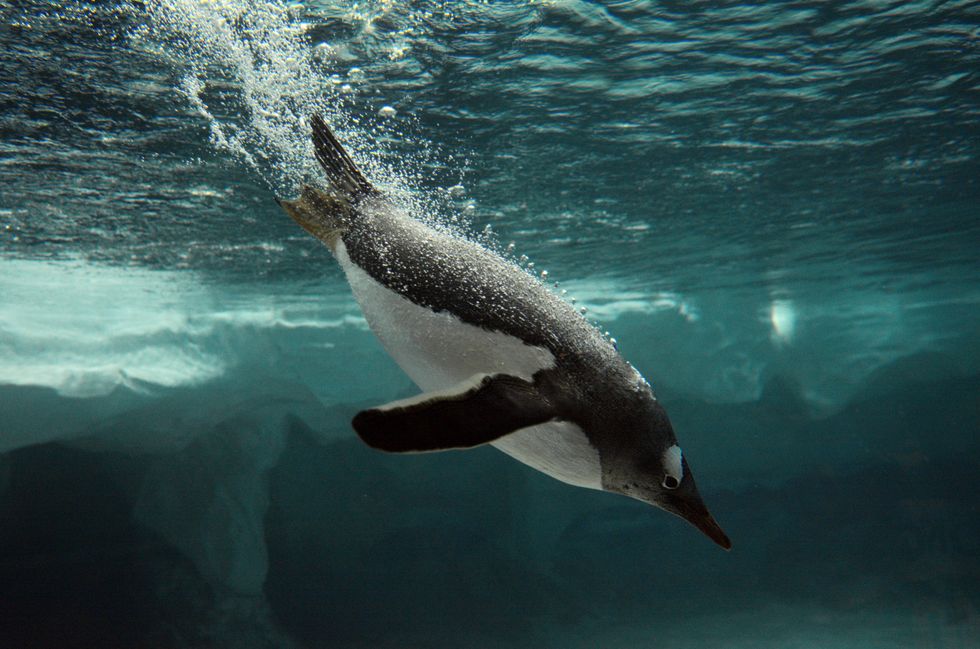
Their wing-like flippers are perfectly adapted for swimming, providing propulsion and manoeuvrability in the water, much like the fins of a fish. Underwater, penguins can dive to impressive depths, with some species reaching depths of over 500 metres in search of food. Their speed and skill in the water make them expert predators, capable of catching their prey with impressive precision. Despite their awkwardness on land, penguins are true masters of the ocean.
3. Penguins have unique adaptations to cold
For those species that live in the icy regions of Antarctica, penguins have developed remarkable adaptations to survive the extreme cold. Penguins are covered in a thick layer of feathers, which serve as insulation, keeping them warm in freezing temperatures. Beneath their feathers, they also have a layer of fat that acts as further insulation, helping to maintain their body heat.
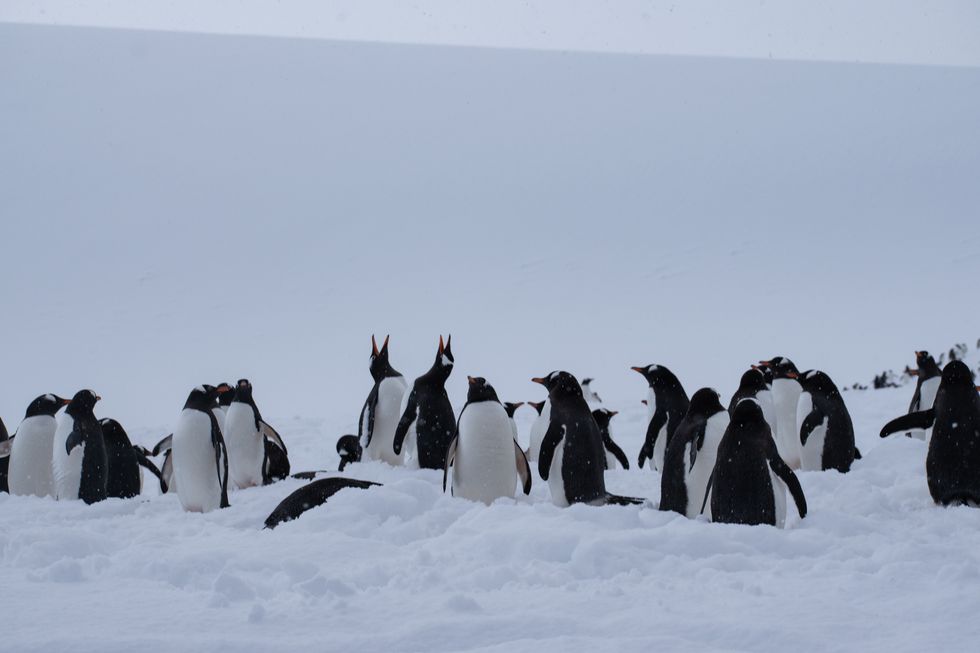
In addition to these physical adaptations, penguins also possess a unique gland located near their tail that produces a waterproof oil. This oil coats their feathers, ensuring they remain dry and insulated even when submerged in cold water. Without this adaptation, penguins would lose their buoyancy and would not be able to maintain the high-energy swimming they need for survival. This natural waterproofing is crucial for penguins that spend much of their time in the water, hunting for food in the freezing Southern Ocean.
4. Penguins are devoted parents
Penguins are also known for their strong family bonds and devoted parenting. One of the most striking aspects of penguin behaviour is the way both parents share the responsibility of raising their chicks. In many species, both male and female penguins take turns incubating their eggs and feeding their young. This cooperation ensures that their offspring have the best chance of survival in the harsh environments in which they live.
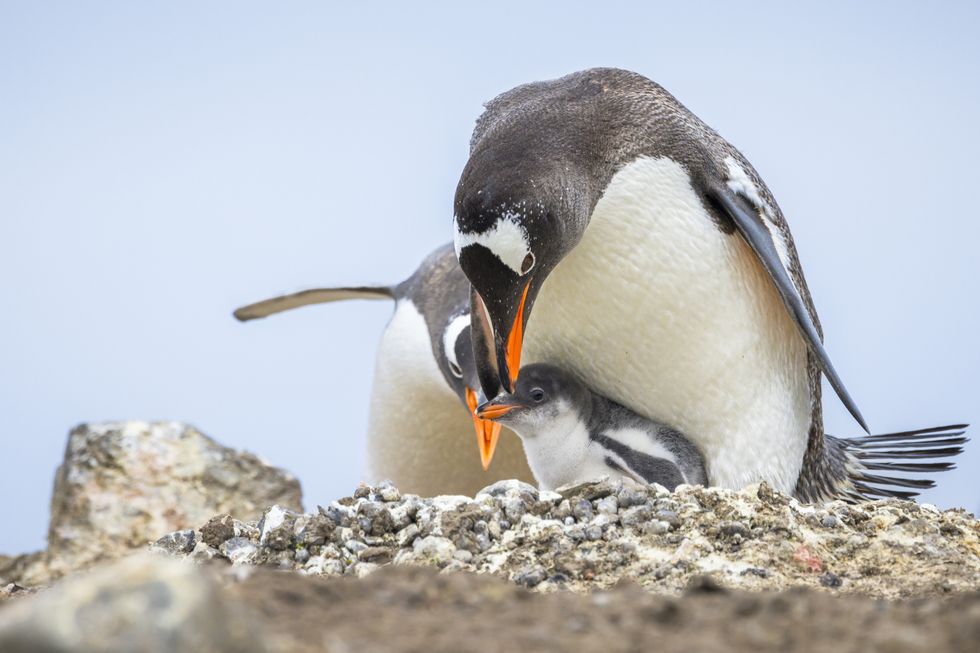
Perhaps the most notable example of penguin parenting is found in the Emperor penguin, the largest of all penguin species. During the Antarctic winter, when temperatures plummet to their lowest, male Emperor penguins take on the responsibility of incubating the eggs. They keep the eggs warm by balancing them on their feet and covering them with a flap of skin, while the females venture out to sea to forage for food. This dedicated care is crucial for the survival of the species, as it allows the eggs to hatch in the coldest months of the year, giving the chicks a better chance of survival once the warmer spring temperatures arrive.
5. Penguins have been around for over 30 million years
Penguins have an ancient history, with their ancestors having been around for more than 30 million years. Early penguins were quite different from the flightless birds we see today. They evolved from bird species that were capable of flight but gradually adapted to life in the water. Over time, these early penguins lost their ability to fly as their wings evolved into powerful flippers, perfectly suited for swimming.
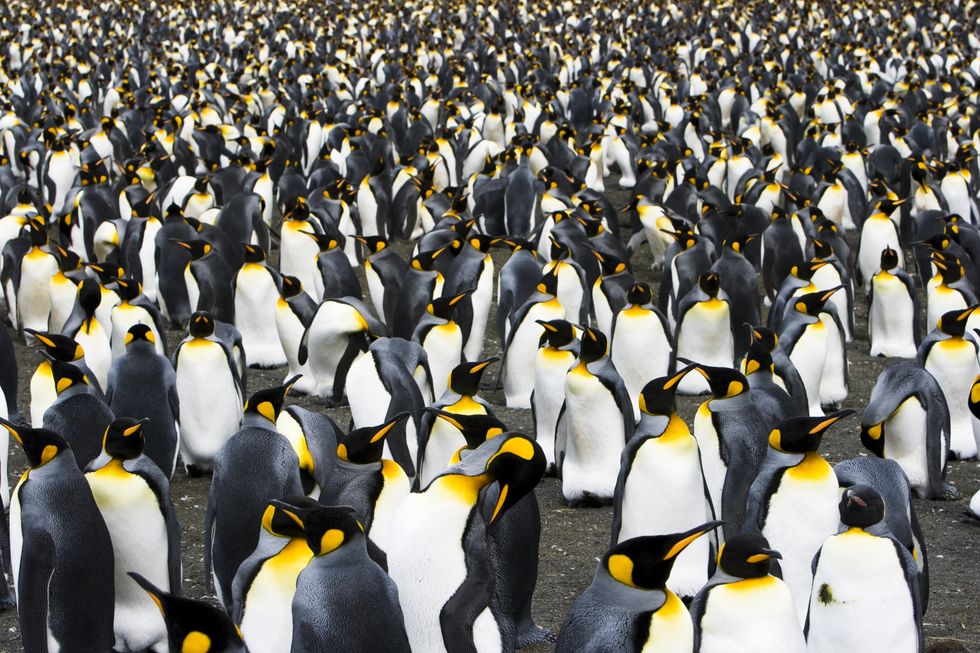
The transformation from flying birds to expert swimmers is one of the most fascinating aspects of penguin evolution. Early penguins likely lived along the coasts of what is now New Zealand and Australia, where they thrived in the abundant food sources of the ocean. These birds eventually adapted to life in colder waters, and their evolution continues to be a subject of scientific interest, particularly when it comes to understanding how such a significant change in their lifestyle occurred.
As we celebrate World Penguin Day, it’s a perfect opportunity to reflect on these fascinating facts about penguins. Their resilience in the face of environmental challenges, their remarkable adaptations, and their devoted family structures all contribute to the enduring appeal of these extraordinary birds. Whether in the freezing waters of Antarctica or the warmer climates of the Galápagos Islands, penguins continue to amaze us with their incredible abilities and unique characteristics. Understanding and appreciating these amazing creatures is crucial as we work to protect their habitats and ensure that future generations can continue to enjoy the wonders of the penguin world.






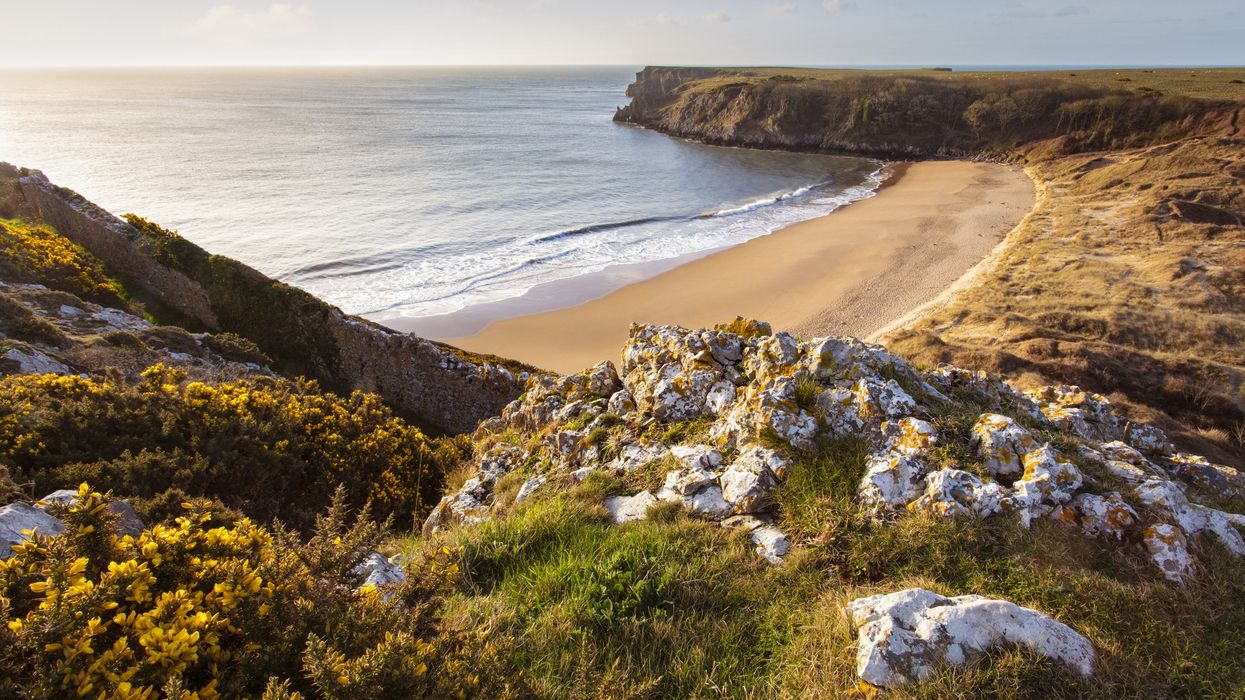
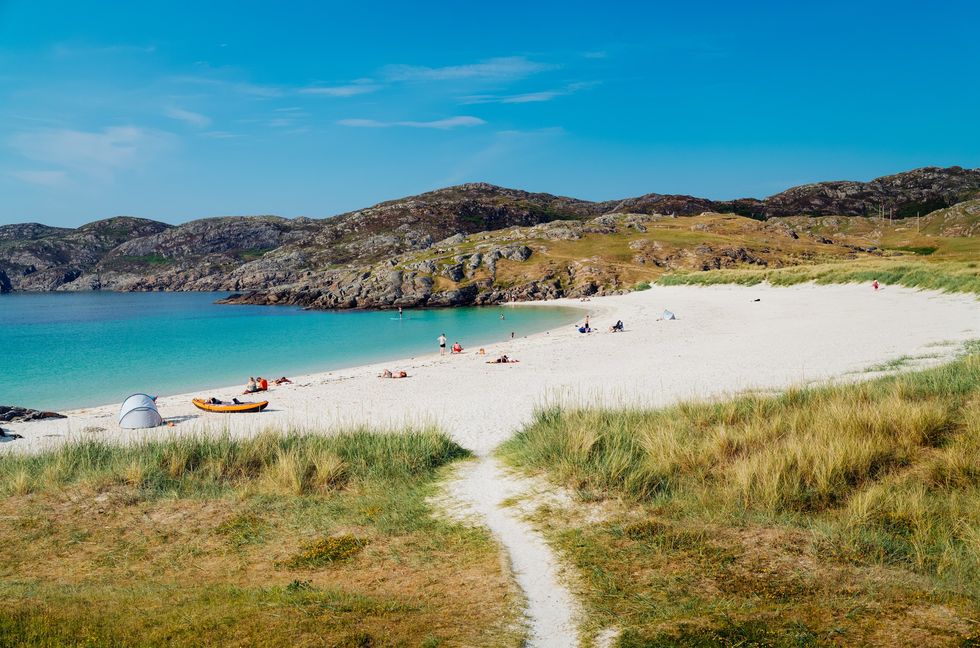 Many of these beaches are tidal and best enjoyed at low tideiStock
Many of these beaches are tidal and best enjoyed at low tideiStock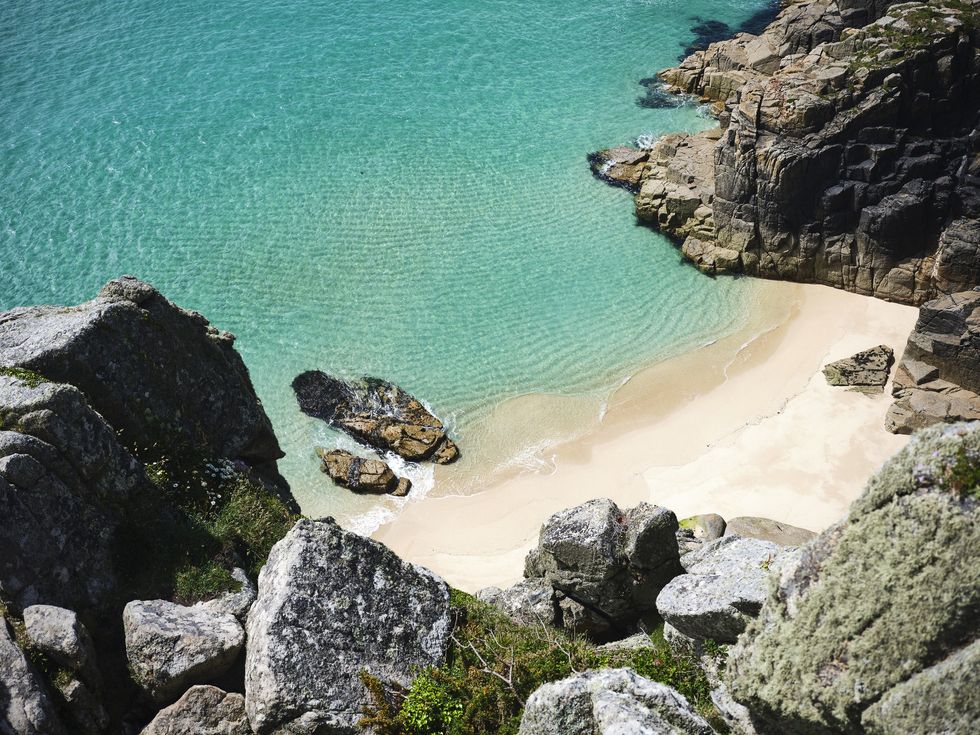 It’s also unofficially clothing-optionaliStock
It’s also unofficially clothing-optionaliStock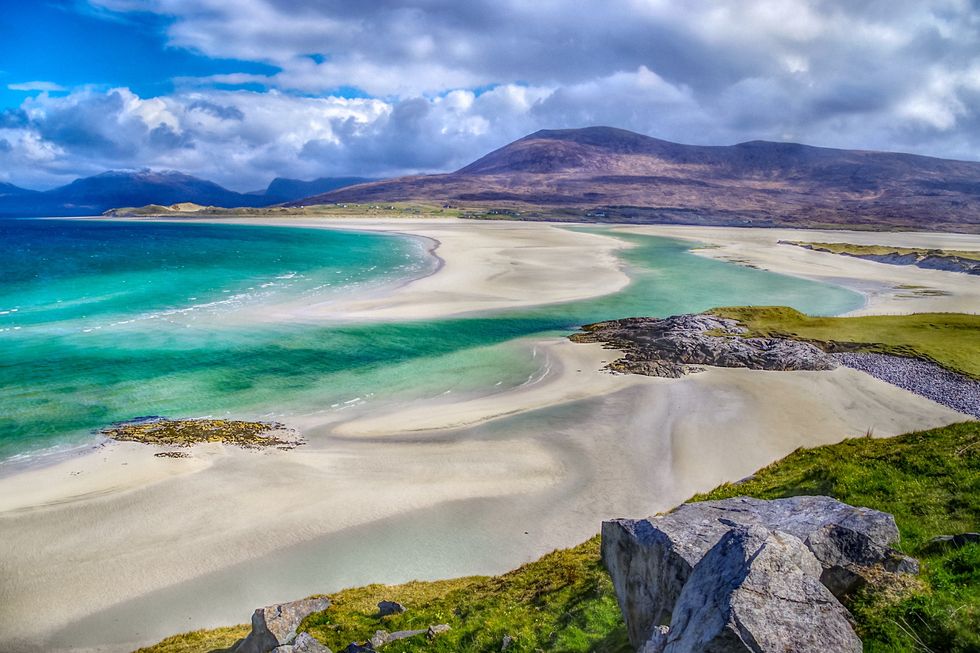 Framed by the turquoise seaiStock
Framed by the turquoise seaiStock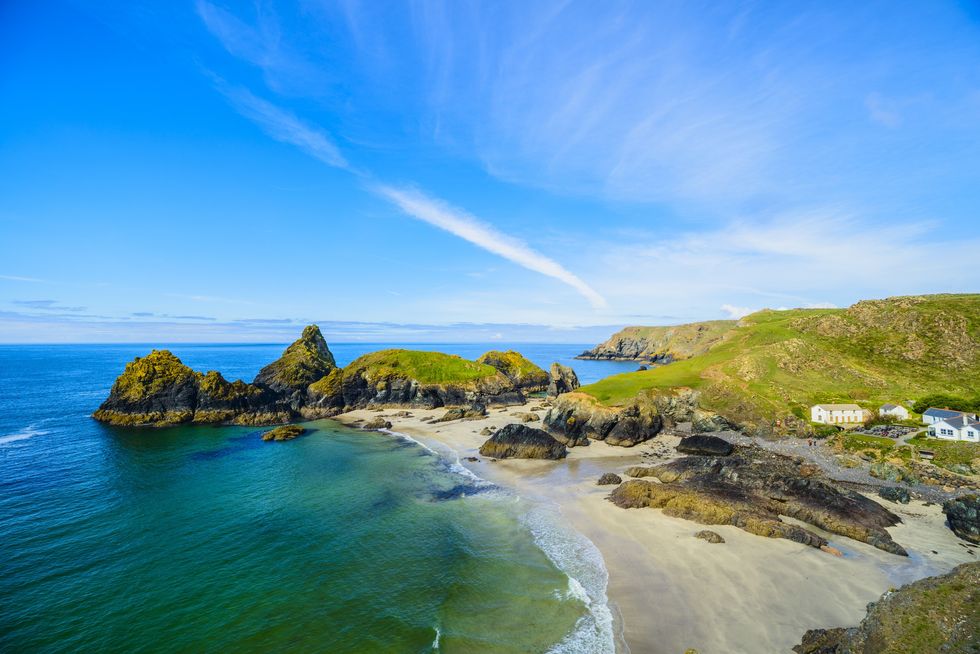 It’s best visited early or late in the dayiStock
It’s best visited early or late in the dayiStock












 Reservoir levels in the area dropped to around 62 per centGetty Images
Reservoir levels in the area dropped to around 62 per centGetty Images A yellow-level heat health alert has been issued for seven regionsGetty Images
A yellow-level heat health alert has been issued for seven regionsGetty Images Firefighters in areas such as Dorset and the West Midlands are on high alertGetty Images
Firefighters in areas such as Dorset and the West Midlands are on high alertGetty Images It increases the risk of flash flooding and water run-offGetty Images
It increases the risk of flash flooding and water run-offGetty Images UK winters have seen a decrease in frost days and snowfall over the past decadeGetty Images
UK winters have seen a decrease in frost days and snowfall over the past decadeGetty Images